Mercedes-Benz Buses is completing its range of chassis in Euro VI with the three-axle OC 500 RF chassis for inter-city buses and touring coaches. For special applications, to comply with country-specific regulations and to cater for individual interior design requirements, custom-made bodies locally mounted on bus chassis are required in many European countries and on the world market. As early as October 2012, using the two-axle variant as an example, Mercedes-Benz presented the new generation of bus chassis meeting the Euro VI standard at the FIAA show in Madrid. The OC 500 LE chassis for regular service buses and the OC 500 RF chassis for inter-city buses and touring coaches are produced in Spain: Mercedes-Benz is the only manufacturer of bus chassis in Spain.
The mainstay of the new chassis generation is the newly developed powertrain for the Euro VI emission standard. Its centre piece is a completely new generation of engines bearing the name BlueEfficiency power. These engines meet the Euro VI emissions standard across the entire power range. All the engines use the high-pressure injection system based on the common-rail principle for mixture formation. The complex exhaust gas after-treatment system employs exhaust gas recirculation, an oxidising catalytic converter, a particulate filter and SCR technology with AdBlue injection.
All the engines combine impressive performance with lively acceleration even at low engine speeds, smooth running characteristics, low fuel, AdBlue and engine oil consumption, and exemplary environmental compatibility. Despite Euro VI, fuel consumption tends to be below that of the preceding engines. The long oil-change intervals of up to 120,000 km in touring operations are likewise impressive.
The new Mercedes-Benz OM 936 in-line six-cylinder engine is particularly compact and light in weight. This engine has a displacement of 7.7 l and is rated at 220 kW (299 hp) or 260 kW (354 hp). It is used for both the Mercedes-Benz OC 500 LE low-entry chassis and the two-axle touring coach chassis in the OC 500 RF series.
The likewise new in-line six-cylinder OM 470 engine with a displacement of 10.7 litres is a power unit in the heavy-duty class. This is the ideal power unit for the touring coach chassis in the OC 500 RF series, and is available in an output range of 290 kW (394 hp) to 315 kW (428 hp).
The installed position of the engines is the same as for complete Mercedes-Benz buses with a high-floor rear: the exhaust system is now always on the left, the cooling on the right. The exhaust and cooling systems are isolated at the top and from the engine compartment, increasing their efficiency and reducing the thermal load on adjacent components.
Power in the OC 500 RF is transferred by manual six-speed six-speed transmissions from Mercedes-Benz as standard. The automated Mercedes-Benz GO 250-8 PowerShift eight-speed manual transmission, which was developed specifically for bus operations, is new. This progressively geared transmission now shifts even more rapidly and comfortably. Gear shifting is either automated or manual by driver intervention, as required. Mercedes-Benz supplies the OC 500 LE regular service bus chassis with the ZF EcoLife automatic transmission. This is equally suitable for urban and inter-city regular service buses, and is also available for buses based on the OC 500 RF 1930/36/39.
A new retarder is used in conjunction with all manual transmissions. This uses the engine coolant circuit as a braking and cooling medium. The previously necessary oil/water heat exchanger is not required. Its weight has reduced by around 30 kg thanks to the new design. At the same time the engine braking effect has increased.
The modified Mercedes-Benz RO 440 drive axle excels with lower weight, lower power losses, low-noise operation, improved axle location and a further improvement in ride comfort. This allows longer service intervals of up to 240,000 km rather than the previous 180,000 km.
Trade-Off
The new rear axle is one of numerous components where the developers were partly able to compensate the unavoidable extra weight caused by Euro VI. Other measures include the use of high-strength steel types for the frame, the lighter retarder, lighter yet more efficient alternators and the new engine encapsulation.
EvoBus Ibérica has been producing bus chassis for all types of applications in Sámano/Spain for over 15 years. Apart from Spanish bodybuilders, its customers are in markets all over the world. The chassis are produced on the buggy principle with transport frames, and are optimally protected against corrosion by cataphoretic dip priming.



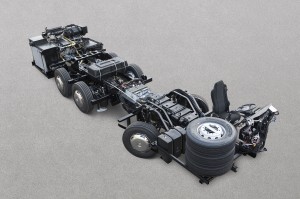

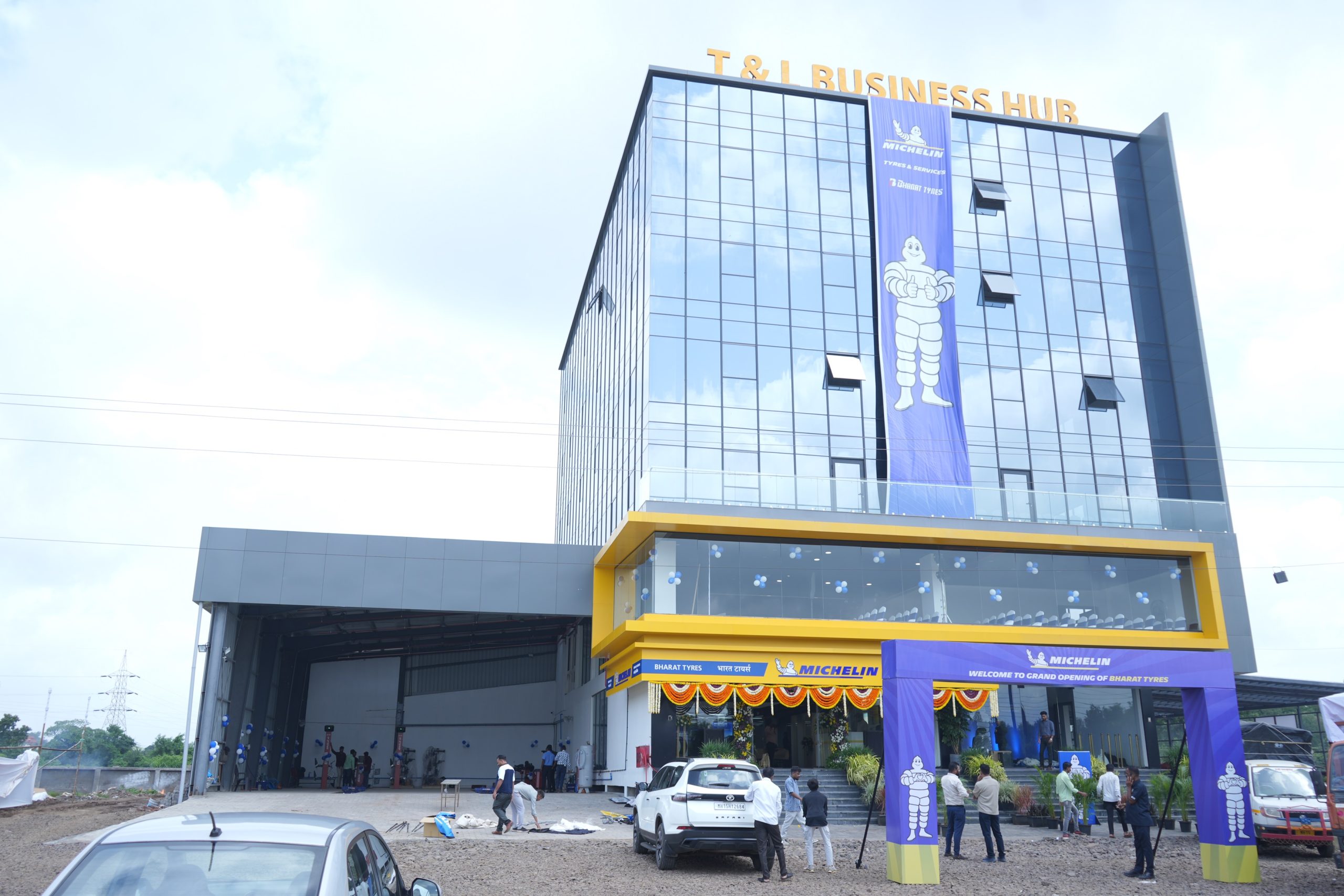

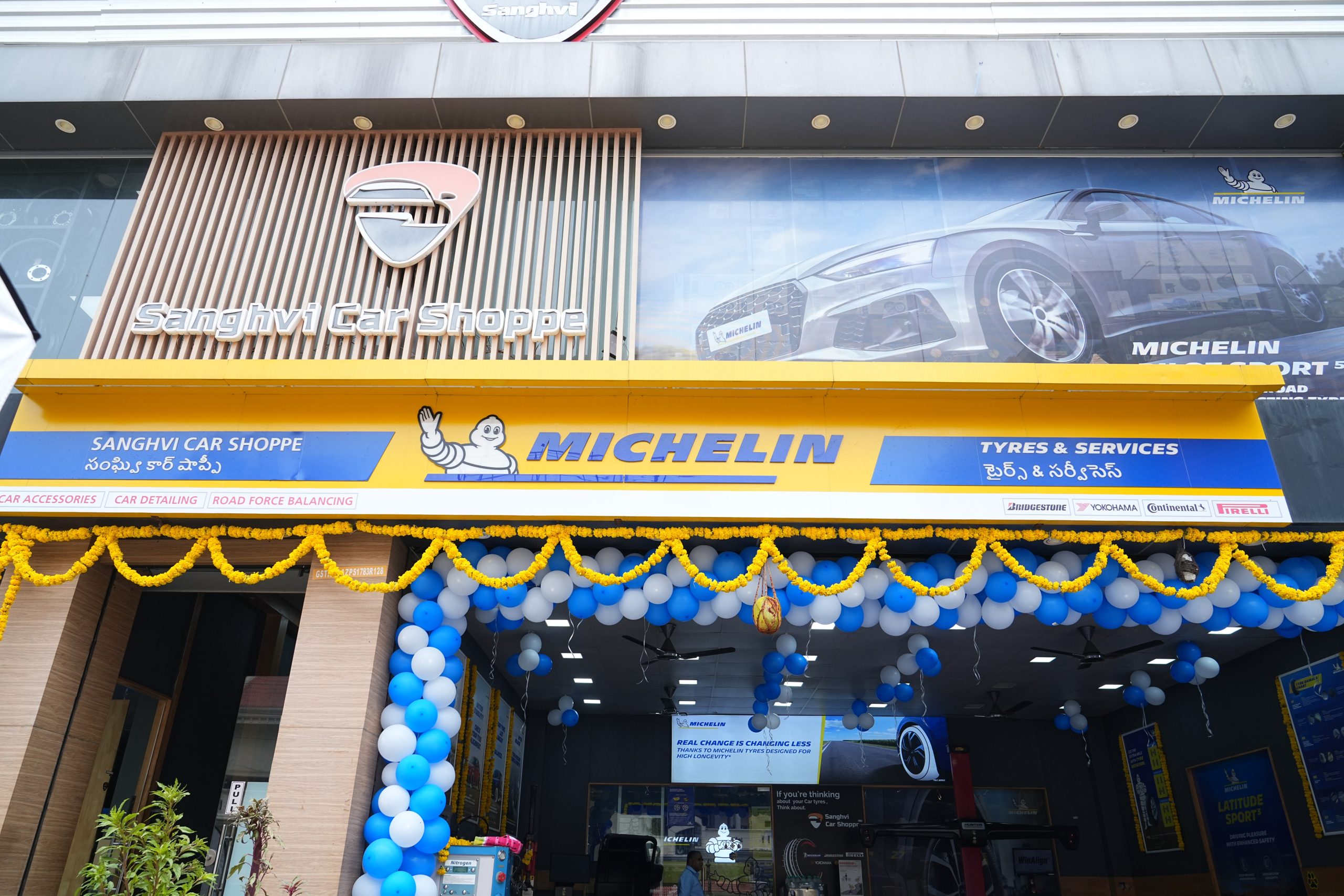

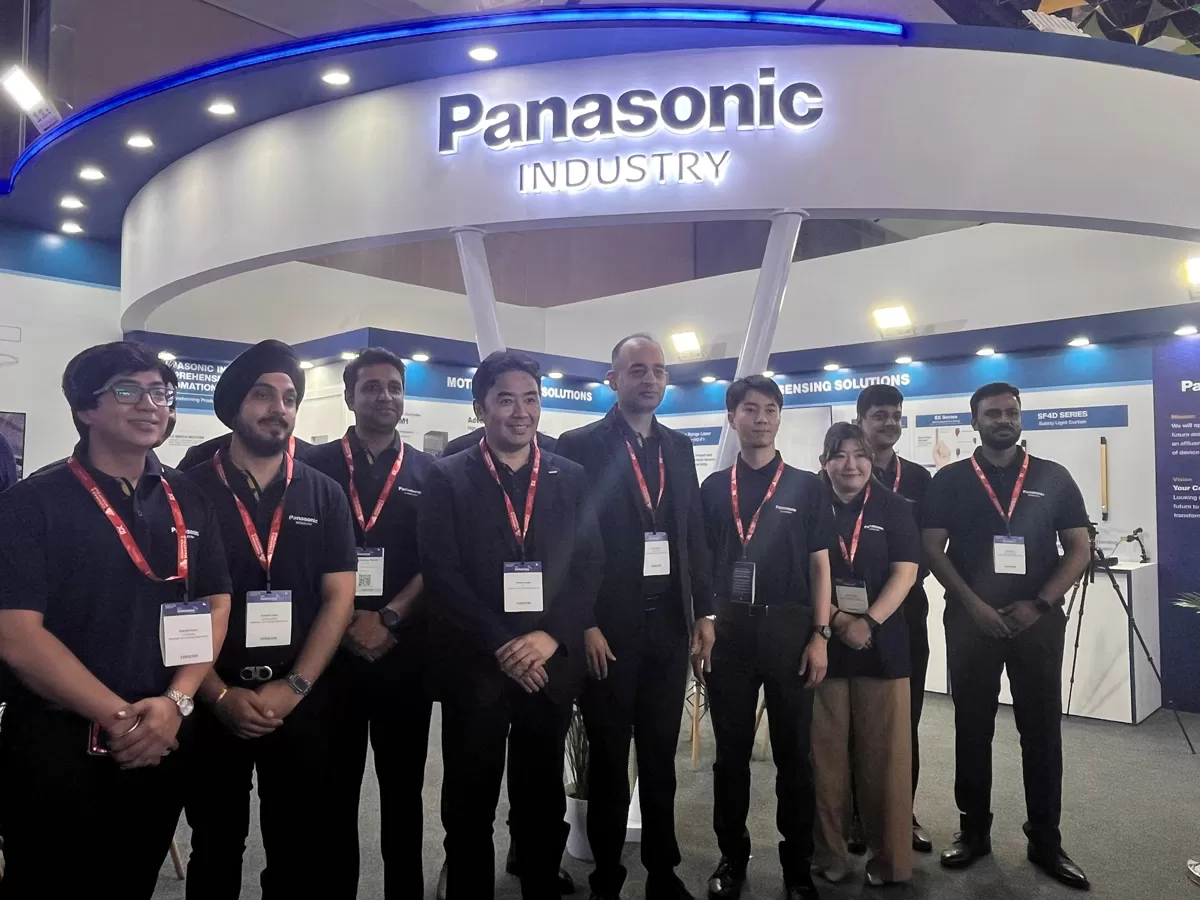


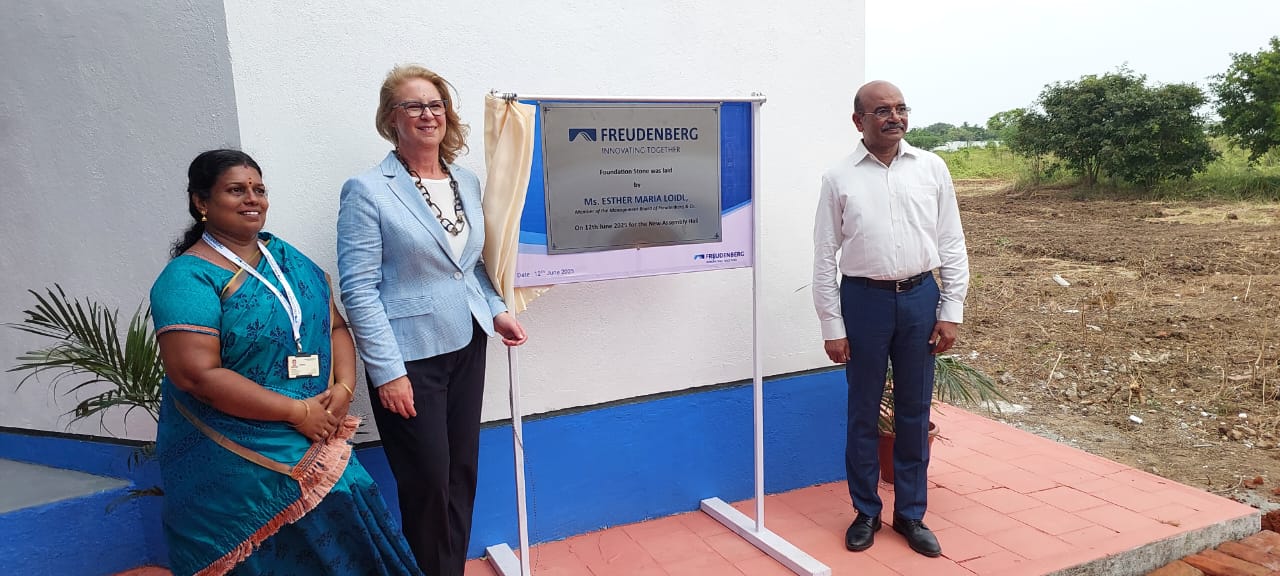
carbon fiber gear
Good day! I just wish to offer you a huge thumbs up for your excellent info
you have got right here on this post. I’ll be coming back to your website for more
soon.